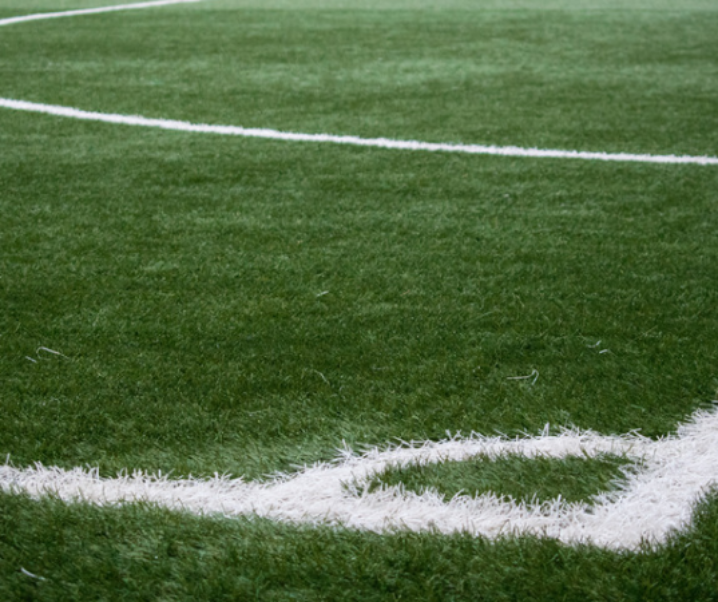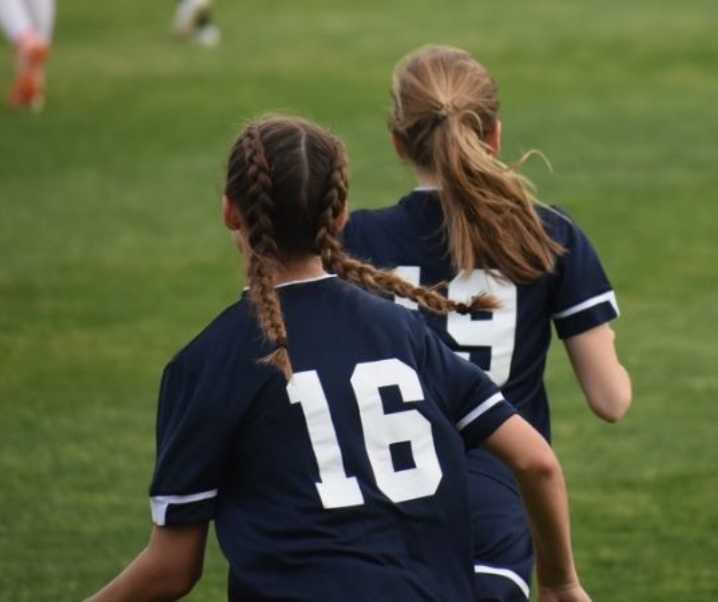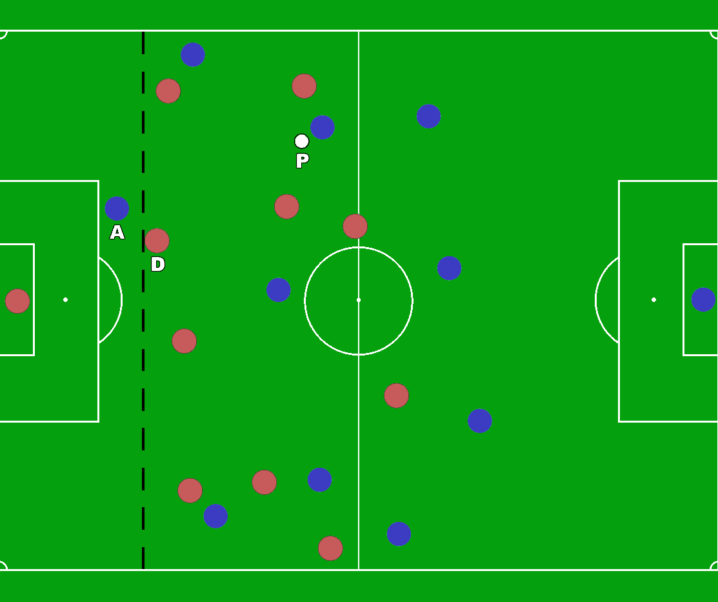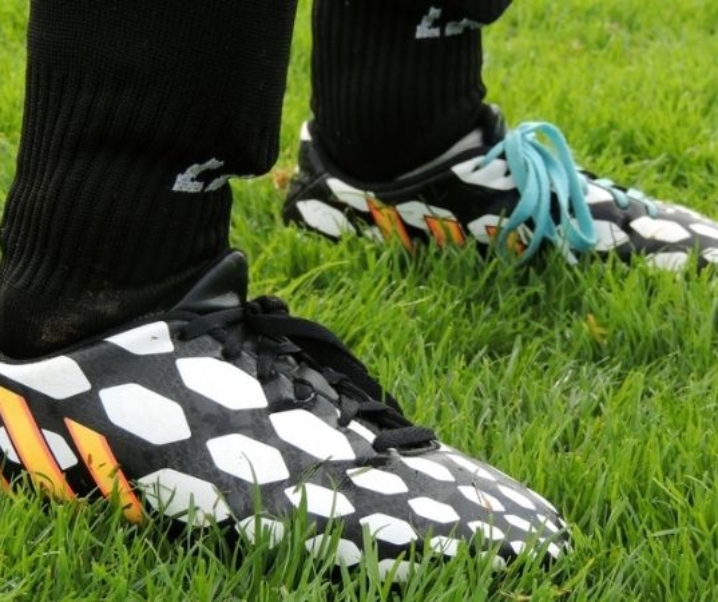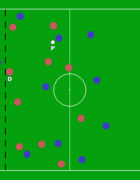Buying a soccer ball can be more complicated then most people may think. Although for my son the decision is quite simple. He only wants a green soccer ball. Green is his favorite color. Hopefully by the end of this article you will have a better understanding of how to pick out the perfect soccer ball for you or someone else.
The very first step in picking out a soccer ball would probably be deciding which color you will want, if the color is extremely important to, you like it is my son. Otherwise, you will need to know what size best suits you or the person for whom you are buying the ball. Soccer balls come in three different sizes. They come in size 3, 4, and 5. Size 3 balls are for children under the age of eight. Size 4 balls are for children between the ages of 8-12 and size 5 balls are generally used for all ages 13 and older.
The next step is to decide what kind of cover would be best for you. This would depend on how much money you are willing to spend for your ball and how often you will be playing with your ball, or your skill level. Just like with the sizes, their are three different kinds of soccer ball covers.
- The most durable but also the least expensive is PVC. These covers are made out of molded plastic. PVC balls are water and scuff resistant, but are not as soft as the next highest priced soccer ball cover.
- Polyurethane soccer ball covers are just a little less durable than PVC covers. These covers are also water and scuff resistant. Polyurethane covers are made of a synthetic material that feels like leather.
- Your third choice for a soccer ball cover is synthetic material, and this is considered to be the best quality soccer ball cover. This type of ball cover is made to feel soft. Synthetic covers are less durable, less water and scuff resistant than polyurethane covers, but are the most expensive soccer ball cover.
Next, you will need to make a decision about how many panels you want. Also decide if you want the panels stitched or glued. Glued panels are on the less expensive balls and stitched panels are on the higher quality balls. The fewer the panels, the better the ball can be curved when kicked.
The last two steps have to do with deciding what kind of material you want the inside of the ball to have. You will need to decide how much lining and what kind of material for the ball bladder. The less lining your ball has the cheaper it will cost.
The bladder of the ball can be made of silicone, latex, or butyl. Silicone bladders would be in the highest priced balls, while butyl bladders are in the less expensive balls.
Good luck in picking out your soccer ball.







